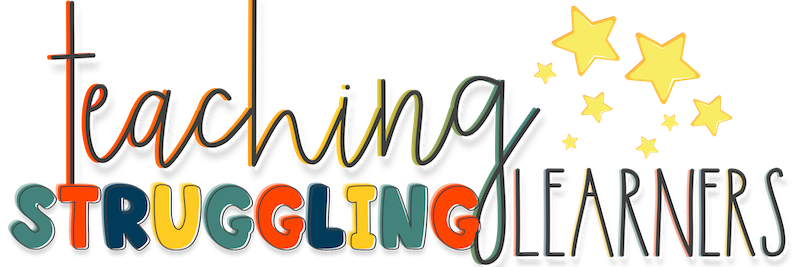Making goals from universal screener data doesn’t have to be hard!

So, when we last talked about universal screeners, we talked about how the information that we get from the beginning of the year data should be taken with some reservation. After all summer slide is a thing, and the kids are more capable than what that test shows.
Screener data does give us some good ideas on things that we can review at the beginning of the school year to help get the kids back up to pace quickly.
The data also gives us a good starting point for making goals for our students this year.
What is the most basic skill your student is weak in? That is your starting point for making goals.
After you’ve had a chance to really look at the data, and your students, you’ll want to really dig down into the skills that your struggling students have. Figure out what is the most basic skill set that they are weak in. That skill is the one that you’ll want to work on and progress monitor. Making goals is pretty easy when you know where to start.
Identifying the skill you are going to work on is half the battle. The next steps are figuring out where the student is right now in that skill set.
For example, is your student able to read 40 words in a minute, and to be on grade level they need to read 95?
You could look at that and make your goal: Given an instructional level text, the student will be able to read 60 words in one minute at the end of the first 9 weeks.
Making goals isn’t just about getting kids on grade level.
Will the student be on grade level at the end of the first 9 weeks?
Nope, probably not, but if you give a student texts that they can mostly read and start working on fluency, the student will boost their reading fluency a whole lot faster than if you give them texts that are too hard and frustrate them into fighting reading.
Making goals isn’t just about getting the student on grade level as quickly as possible. It is about giving the student an opportunity to feel success by meeting a goal in an area they struggle in.

Just like with adults, successfully completing a goal is almost addicting for students. Once the student has met one goal, they are willing to work even harder to meet the next one. We are in this for the long game. Which is getting the student the skills they need for long term success. Yes, we want the student on grade level as soon as possible, but making goals that are impossible isn’t going to make that happen.
Click here for a guide to making goals quickly and easily.

Making goals doesn’t have to be hard work.
Choose a specific skill set the student needs to work on, based on the screener data. Then think carefully about what the student will be able to accomplish in a short time frame.
After you’ve made your goals, be sure to monitor your student’s progress so that you can celebrate success together!
